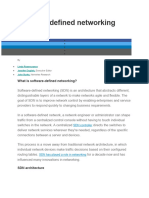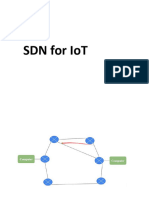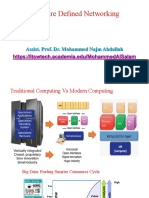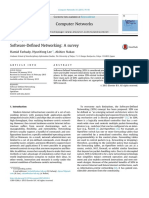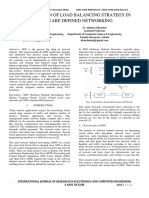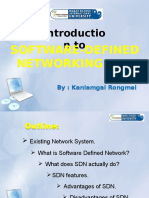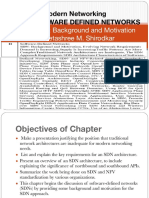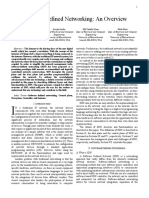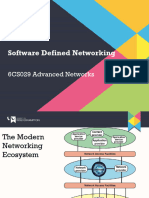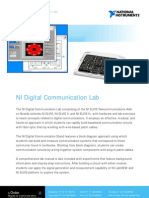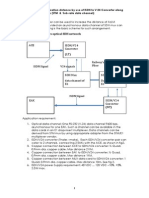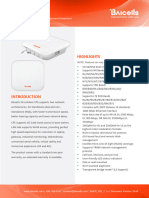0% found this document useful (0 votes)
10 views19 pagesUnit Iv (Fiot)
Software Defined Networking (SDN) is a networking architecture that allows centralized control and management of network resources through software applications, separating the control plane from the data plane. SDN enhances network connectivity, application deployment, and security while optimizing resource allocation and traffic management, particularly in IoT environments. Key components of SDN include the SDN controller, applications, and networking devices, with various models and advantages over traditional networking approaches.
Uploaded by
siddupro143Copyright
© © All Rights Reserved
We take content rights seriously. If you suspect this is your content, claim it here.
Available Formats
Download as PDF, TXT or read online on Scribd
0% found this document useful (0 votes)
10 views19 pagesUnit Iv (Fiot)
Software Defined Networking (SDN) is a networking architecture that allows centralized control and management of network resources through software applications, separating the control plane from the data plane. SDN enhances network connectivity, application deployment, and security while optimizing resource allocation and traffic management, particularly in IoT environments. Key components of SDN include the SDN controller, applications, and networking devices, with various models and advantages over traditional networking approaches.
Uploaded by
siddupro143Copyright
© © All Rights Reserved
We take content rights seriously. If you suspect this is your content, claim it here.
Available Formats
Download as PDF, TXT or read online on Scribd
/ 19














